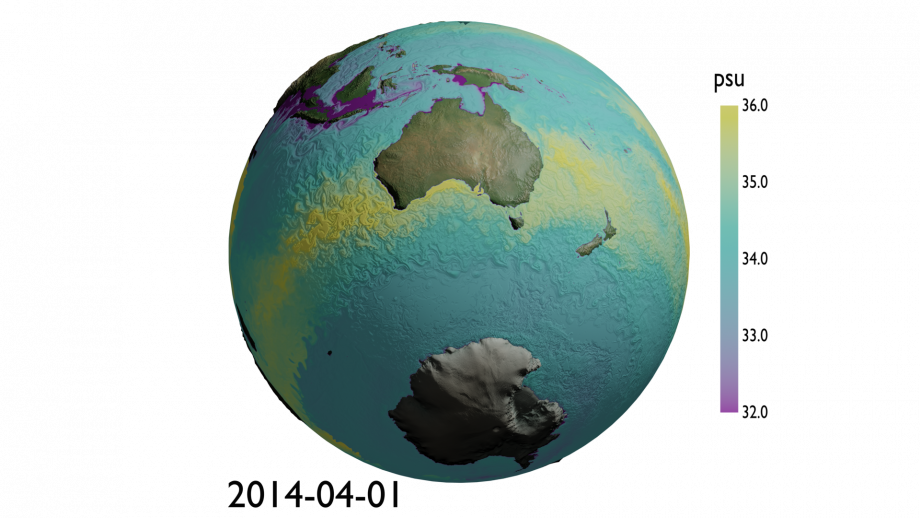Ocean and sea-ice models are a key element of Australia’s most widely used weather and climate prediction software suite, ACCESS (the Australian Community Climate and Earth System Simulator). Comprising multiple model variants suited to different areas of interest and use cases, the ACCESS suite is used daily by the Bureau of Meteorology as part of the weather forecasts all Australians rely on, and by weather and climate scientists all over the country. These high-resolution models allow us to understand how ocean currents and sea-ice affect our weather systems. Since 2012, the Consortium for Ocean-Sea Ice Modelling in Australia (COSIMA) has been building a collaborative community of modellers and scientists working together to improve Australia’s ocean models. Supported by NCI for the significant computing needs and the critical code optimisation, COSIMA has become a central part of climate model development in Australia.
NCI has played an important role in the COSIMA group since its start, most notably through the provision of expert assistance with optimising the code to run efficiently at higher resolutions. Focusing primarily on the ocean and sea-ice version of the ACCESS model, ACCESS-OM2, NCI helped COSIMA reach the current 0.1 degree resolution milestone. At this resolution, the flagship model is capable of accurately simulating the turbulent swirling eddies that are responsible for most of the ocean’s variability.
The ACCESS model suite is one of the biggest and most frequently run pieces of software on the Gadi supercomputer. The largest calculations can run for months on more than 12,000 processors. The data outputs from a single simulation can reach more than 10 Terabytes, and over recent years the COSIMA group has produced more than 500 Terabytes of valuable data. Making sure that the software runs as efficiently as possible is critical for future resolution improvements, overall model performance and energy savings.
COSIMA researcher Dr Andrew Kiss from The Australian National University says, “Our high-resolution models require enormous computational resources that are only available from supercomputing facilities like NCI. NCI’s expert team have provided very valuable expertise which has helped COSIMA make efficient use of NCI's hardware in running ACCESS-OM2.”
The improvements and development that COSIMA has produced over the past 9 years directly benefit the broader Australian climate and weather community. The improvements have made their way through to the national long-term climate model ACCESS-CM2, and to the forthcoming Bluelink ocean forecasting system from the Bureau of Meteorology. Dr Kiss says, “COSIMA has made state of the art models readily accessible, facilitating groundbreaking research and developing postgraduate students into experts who can contribute to solving some of the world's most important problems in the decades to come.”
NCI has been the key supporting infrastructure providing the necessary expertise in code optimisation, data management, software testing and high-performance computing that has enabled COSIMA and many other research groups to produce world-class science.
For another example of NCI supporting the development of the ACCESS codes, read Scaling massive models.
This research highlight was originally published in NCI's 2020-2021 Annual Report.
